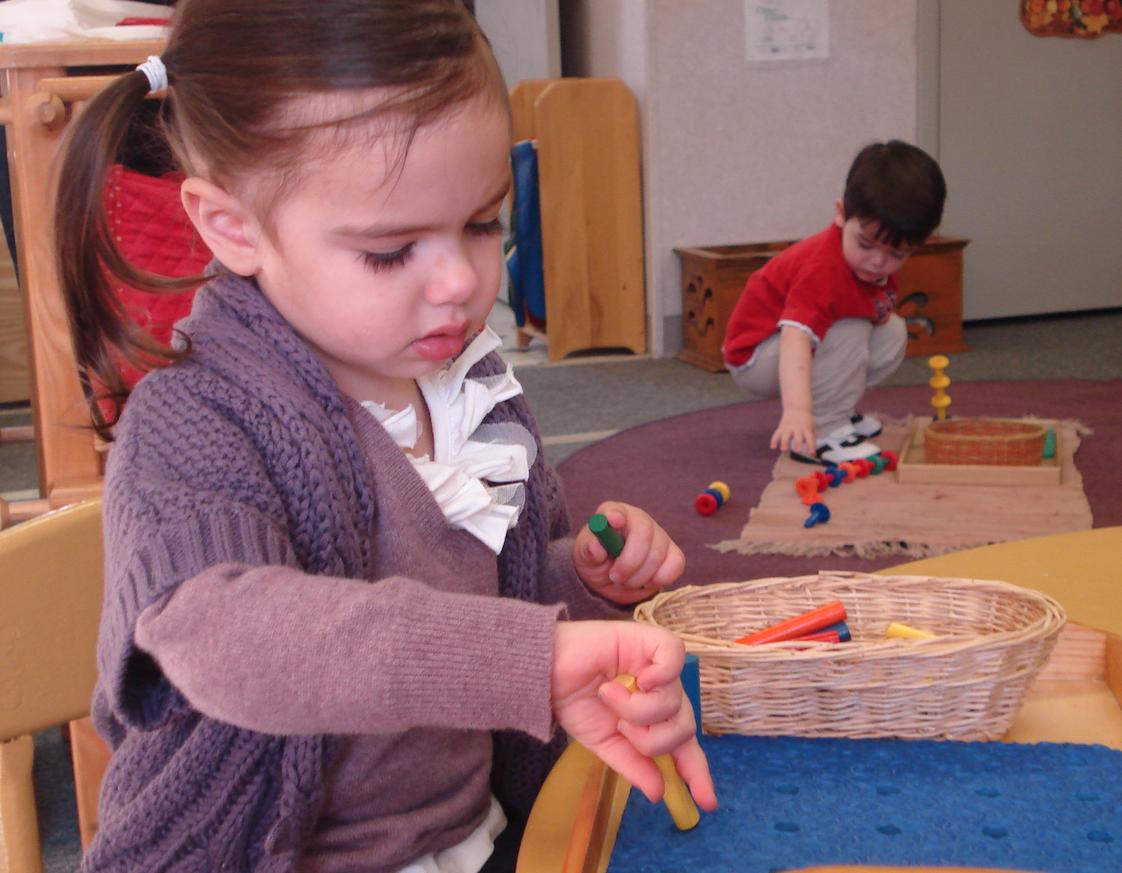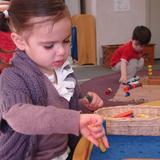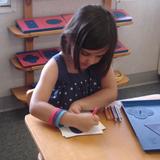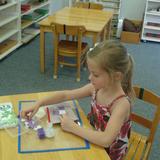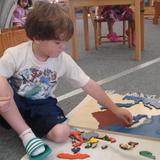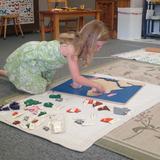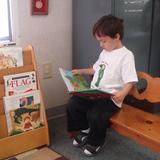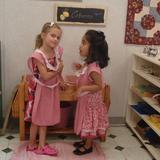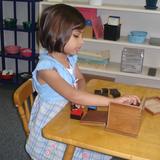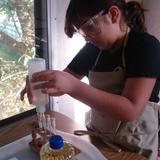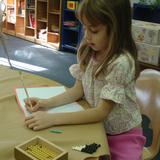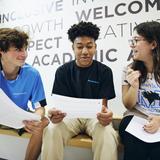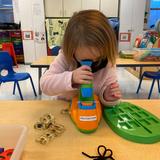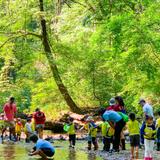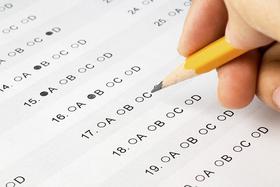Lone Oak, established in 1981 and accredited by the Association Montessori Internationale (AMI) and the Maryland State Board of Education, has a staff of highly-trained teachers with a Master's degree or equivalent in Montessori Education.
The school believes that the Montessori program with its individualized approach to education allows children to reach their full potential at every stage.
The non-competitive, multi-age classrooms encourage children to help younger students and to see what is next as they progress.
Based on this approach, children have the ability to do advanced work in both mathematics and language from an early age and with the concrete materials to understand the concepts fully.
The protected work period helps children develop concentration and independence while also encouraging a sense of community as children navigate different activities with different children throughout their day.
Your child can participate fully in learning as a joyful process. Come see for yourself!.
School Overview
School Type
Religious Affiliation
Grades Offered
Grades Prekindergarten-6
Year Founded
1981
Student Body
Total Students
75 students
Student Body Type
Co-ed
Students by Grade
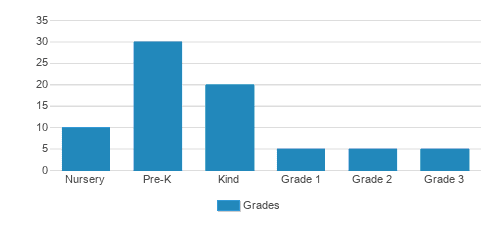
Academics and Faculty
Total Classroom Teachers
10 teachers
Student-Teacher Ratio
8:1
National avg.:
% Faculty w/Advanced Degree
30%
Average Class Size
17 students
Tuition and Acceptance Rate
Admission Deadline
None / Rolling
Yearly Tuition Cost
$10,672
Tuition Notes
$8,509 Half-day PreK;
$10,672 Full-day PreK-K;
$10,852 Elementary program (grades 1-6)
Extracurriculars
Total ExtracurricularsTotal Extra-curric.
2 extracurriculars
ExtracurricularsExtra-curric.
Chinese LessonsViolin and Cello
School Notes
- Lone Oak Montessori School provides a stimulating and nurturing Montessori environment in which both intellectual and creative endeavors are cultivated. We are dedicated to providing challenging and enriching educational experiences. Each child is motivated to develop to his or her fullest potential academically, emotionally, and socially. We foster respect, responsibility, and intellectual curiosity. Our dedication to remaining true to the Montessori philosophy enables our students to become independent lifelong learners and contributing members of the larger community. Established in 1981
- Co-educational day school
- Approximately 80 students
- Ages 2 to 12 years old
- Primary and Elementary classroom teachers hold Association Montessori Internationale (AMI) diplomas
- Spanish, music and art enrichment are offered at Primary and Elementary levels
- Multi-age classrooms
- 1 Toddler Class (2 - 3 years)3 Primary Classes (ages 3 - 6 years)1 Elementary Class (ages 6 - 12 years)
- 2 Campuses
- Democracy Campus10201 Democracy BoulevardPotomac, MD 20854
- Old Georgetown Campus10100 Old Georgetown RoadBethesda, MD 20814
- Classroom Composition
- Primary 18:2Toddler 12:2Elementary 15:2Each class has one Montessori Teacher and
- one assistant in addition to other support staff.
Source: National Center for Education Statistics (NCES)
Frequently Asked Questions
How much does Lone Oak Montessori School cost?
Lone Oak Montessori School's tuition is approximately $10,672 for private students.
When is the application deadline for Lone Oak Montessori School?
The application deadline for Lone Oak Montessori School is rolling (applications are reviewed as they are received year-round).
Recent Articles

Student Success Predictors at Community Colleges
A practical guide to student success predictors at community colleges for private school advisors helping graduates navigate two-year pathways.

Career Pathways with Community College for ІЭБсЙзЗш School Grads
Explore top career pathways with community college for private school graduates, including high-demand jobs, transfer options, and 2025 workforce trends.

Navigating the FAFSA & Financial Aid Timeline for Community College
Learn how to navigate FAFSA and financial aid timelines when starting at community college — from application to disbursement in 2025.


